Building a Second Brain: The Illustrated Notes
Last tended on January 06, 2020
In September of 2019 I took a course called
Much like it sounds, Building a Second Brain is about creating a reliable system – outside your physical skin-and-bone bodily boundaries – for storing, organising, digesting, and eventually transforming information into Good Creative Output.
Much like any well-integrated tool, the mental distance between you and the system grows small.
It's a lovely little closed feedback loop –
At this point almost all of my daily workflow revolves around my second brain. as, articles, books, papers, podcasts, and half-formed thoughts go in.
These build into notes and develop over time – they merge, meander, and mature into talks and blog posts and illustrations.
It is hard to remember what my workflow looked like without it.
For tools I'm currently using
These illustrated cover all the sections of the course. Enjoy!
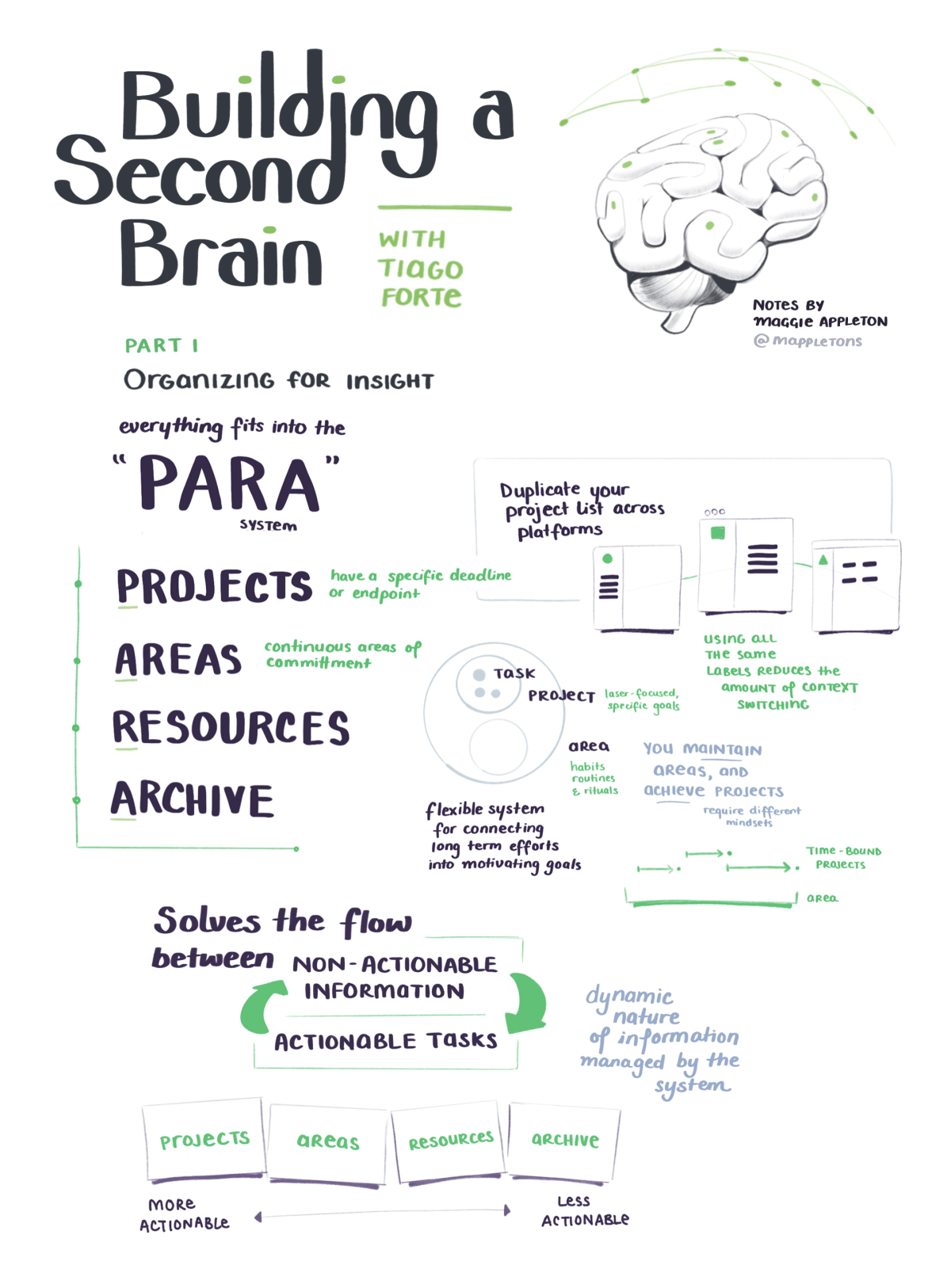
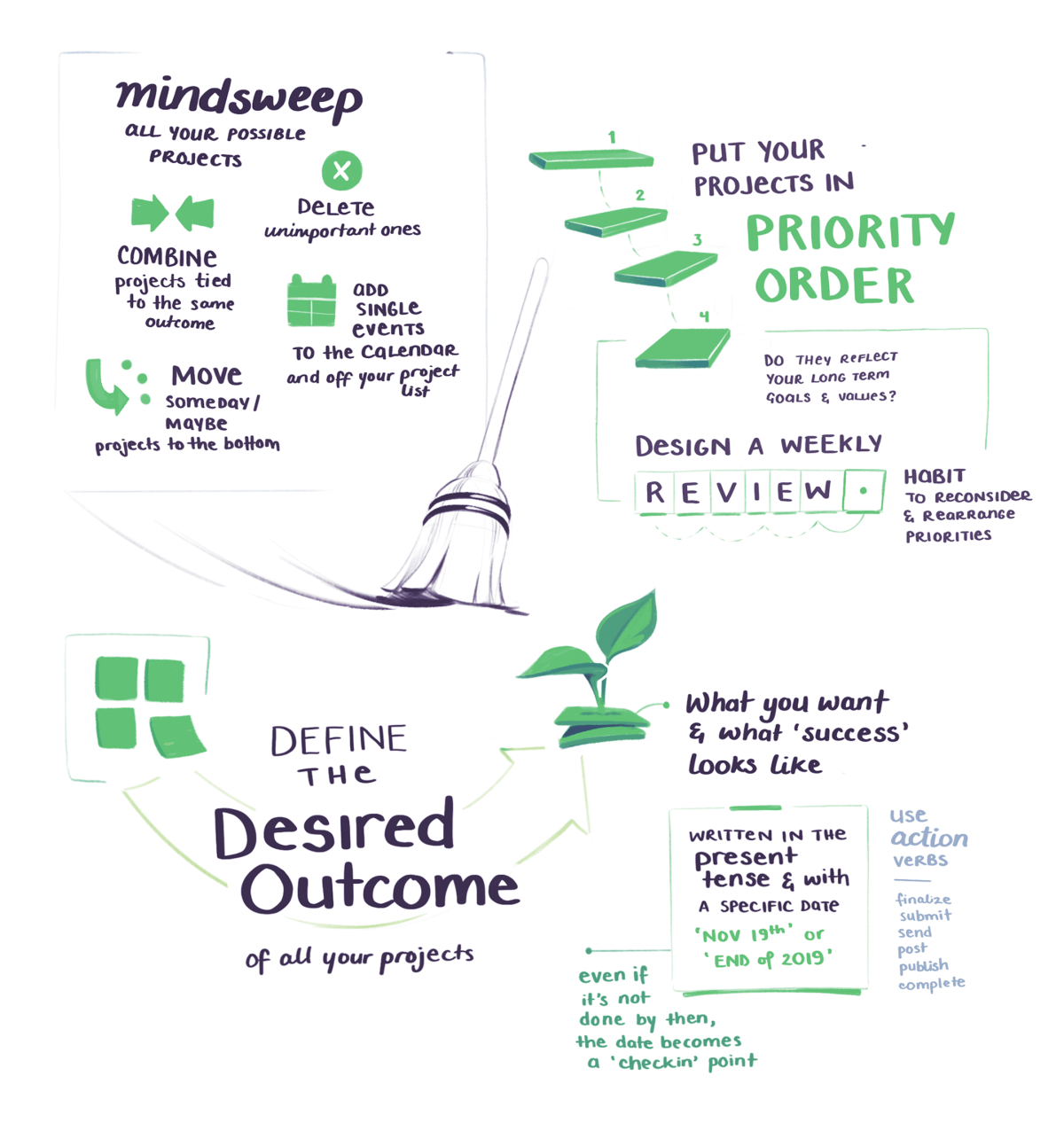
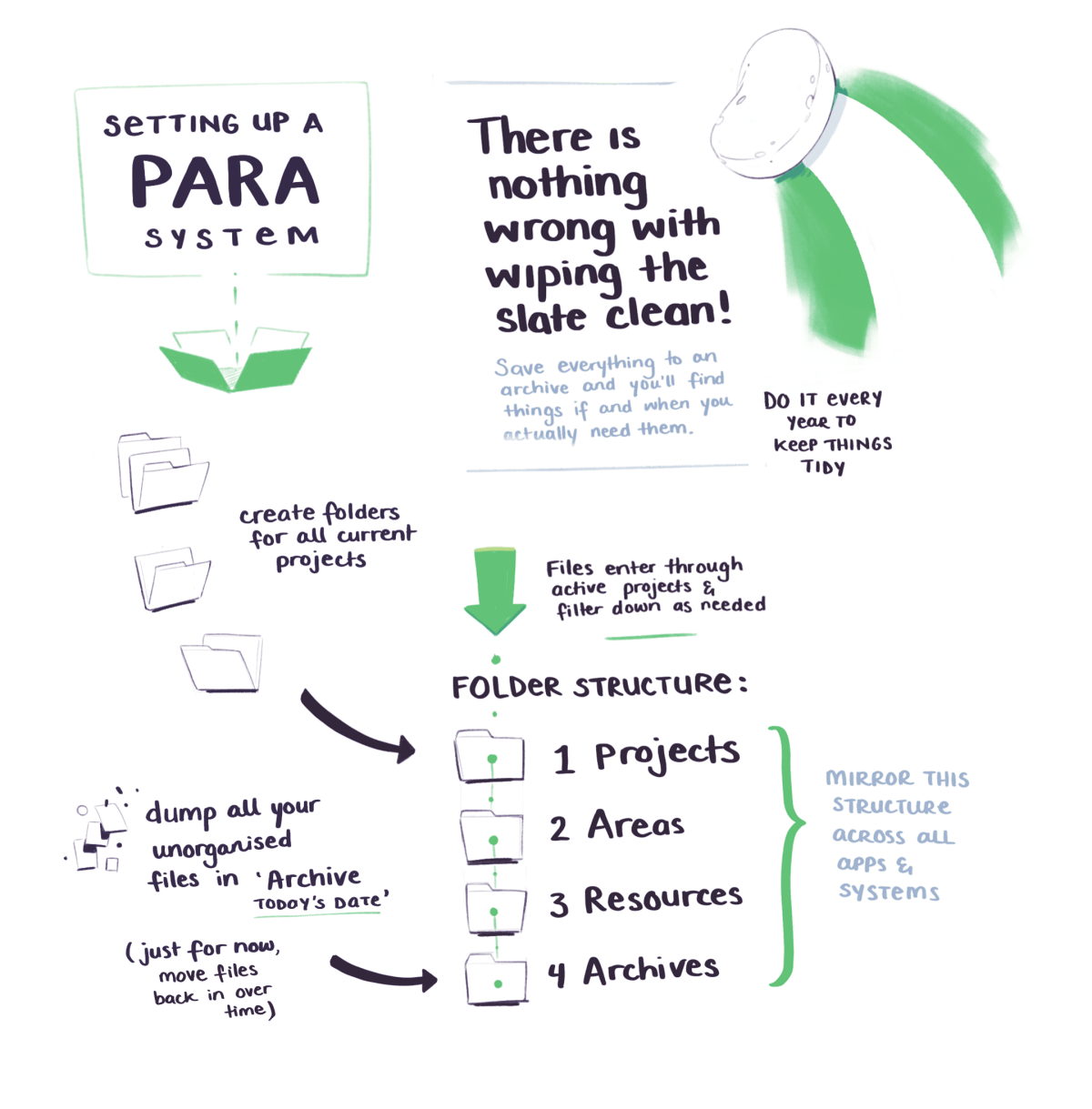
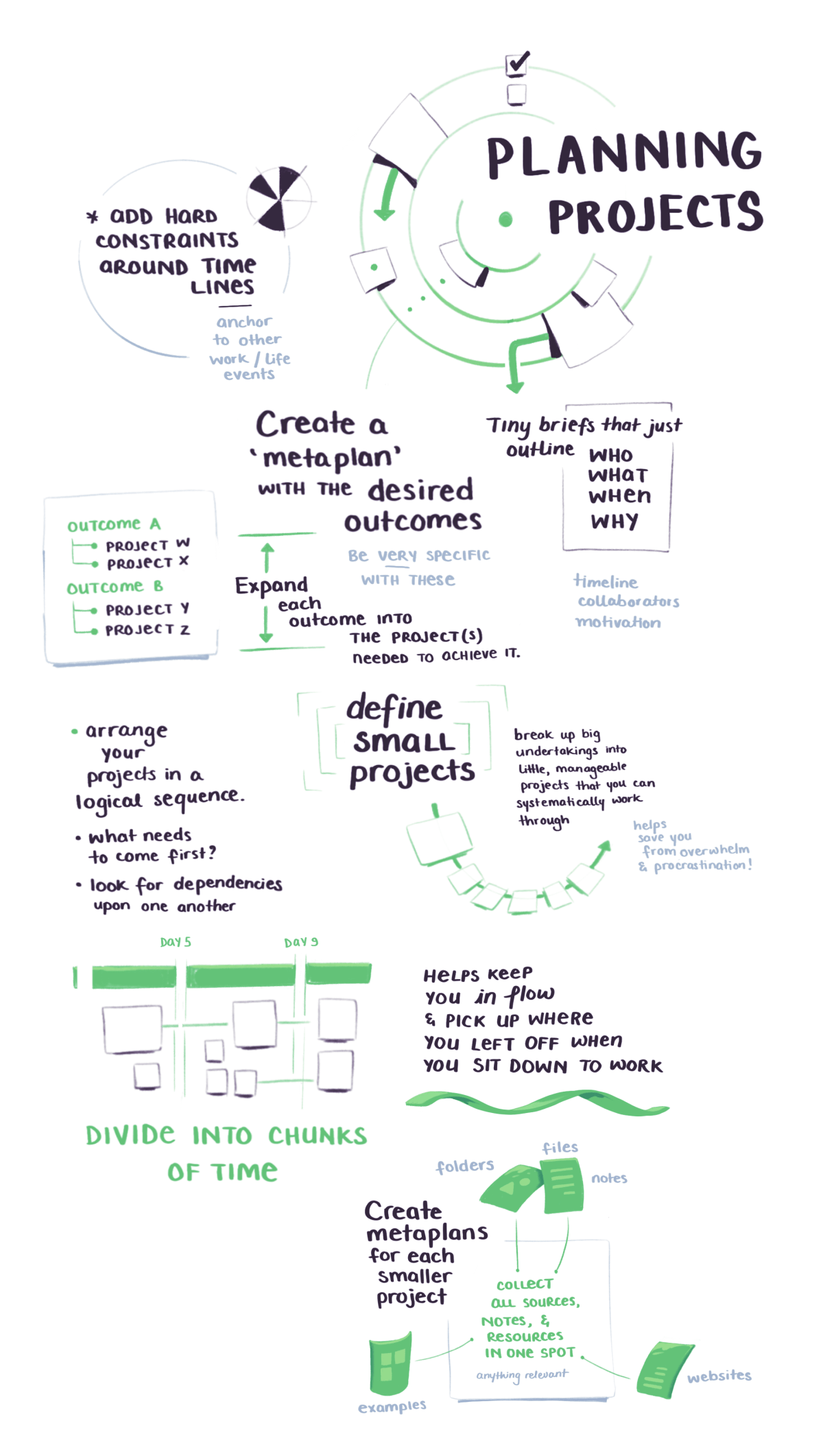
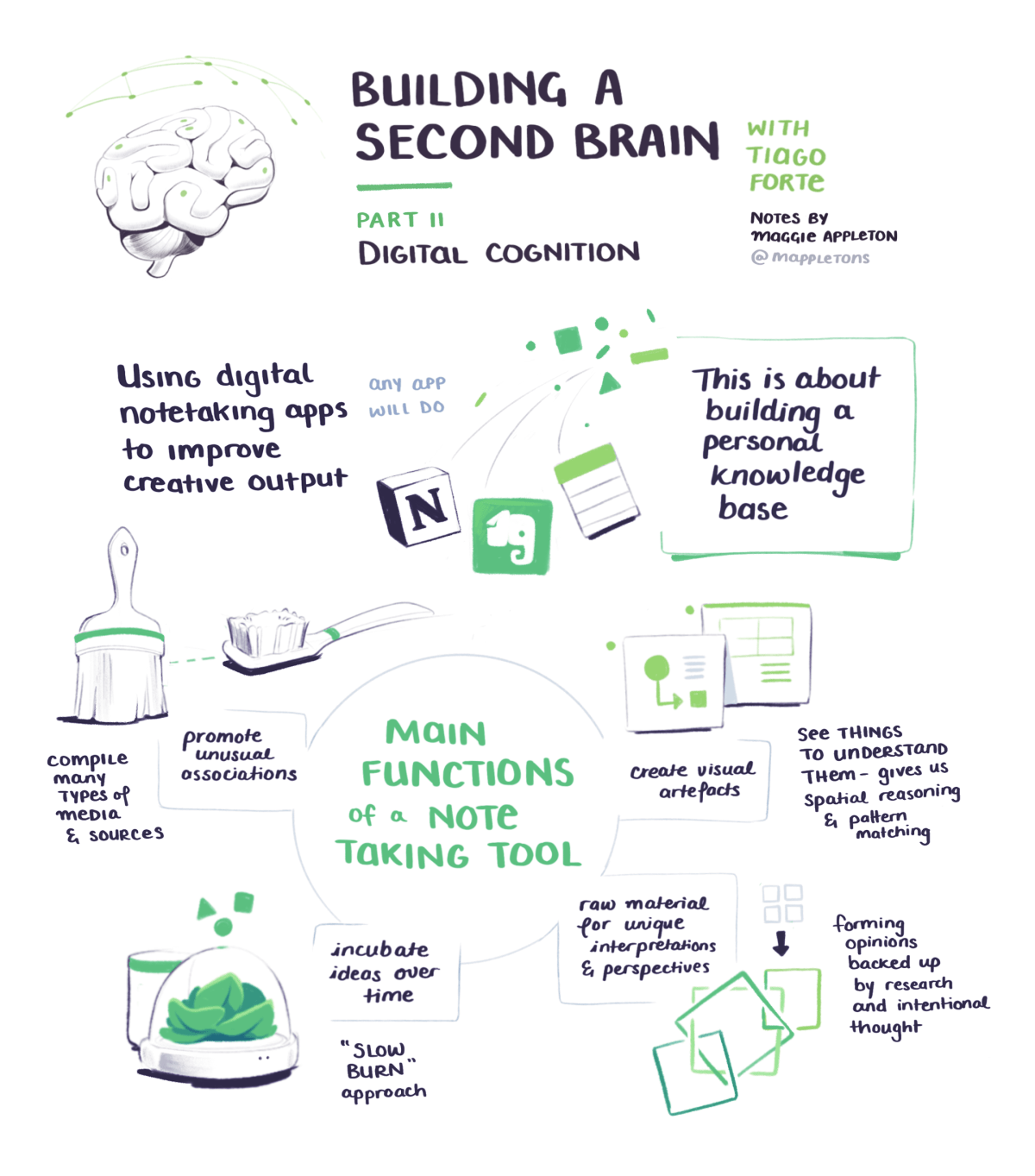
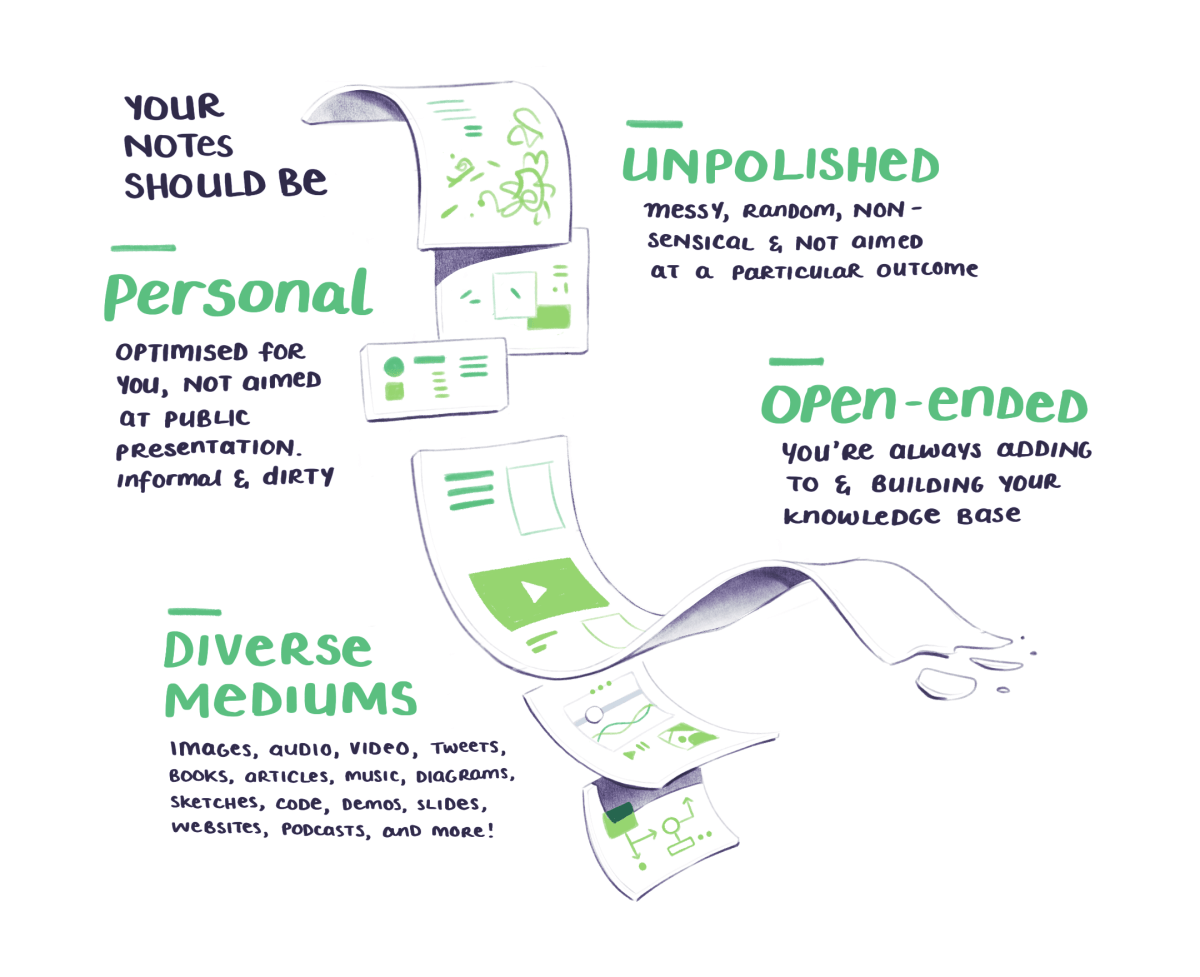
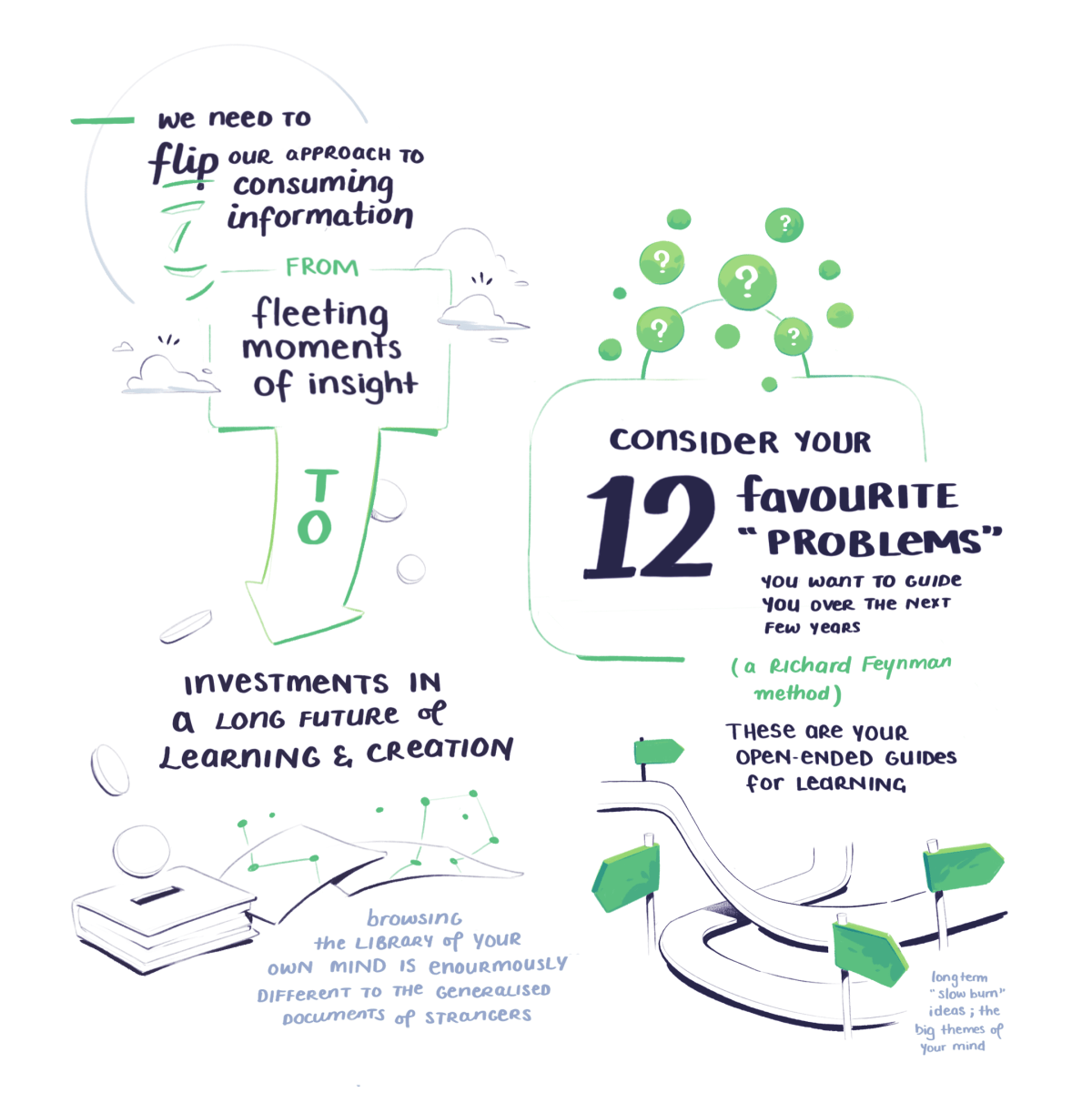
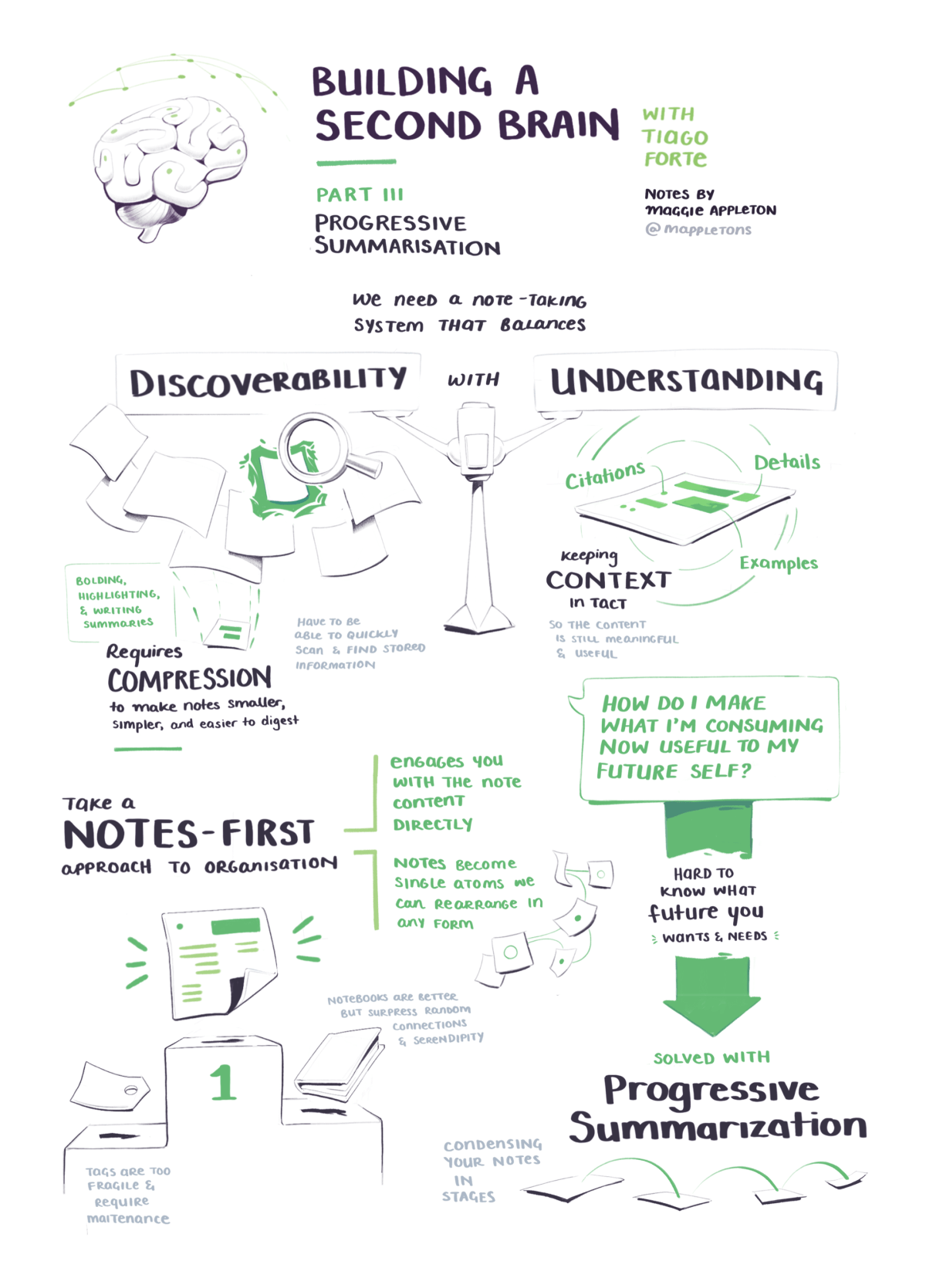
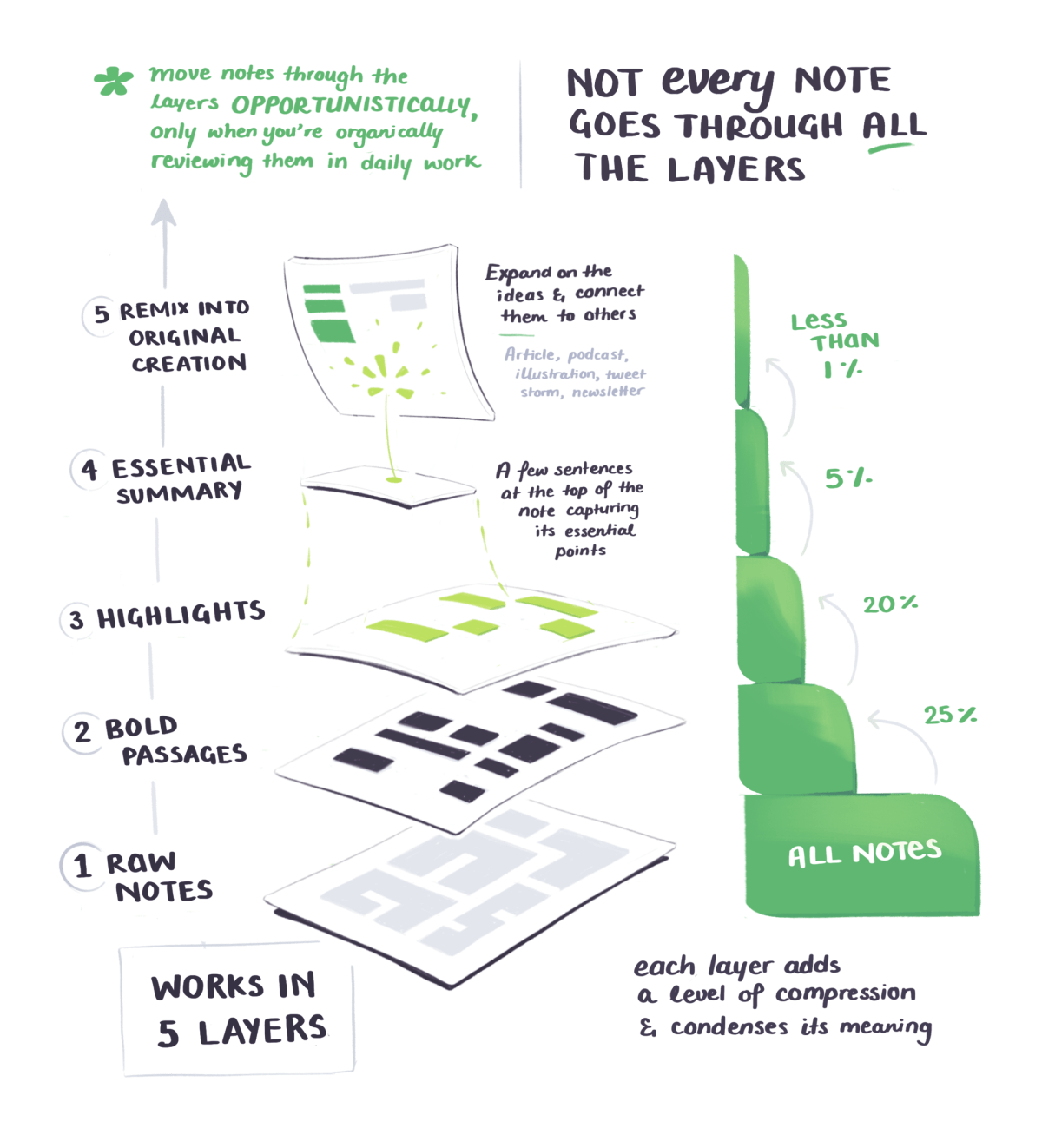
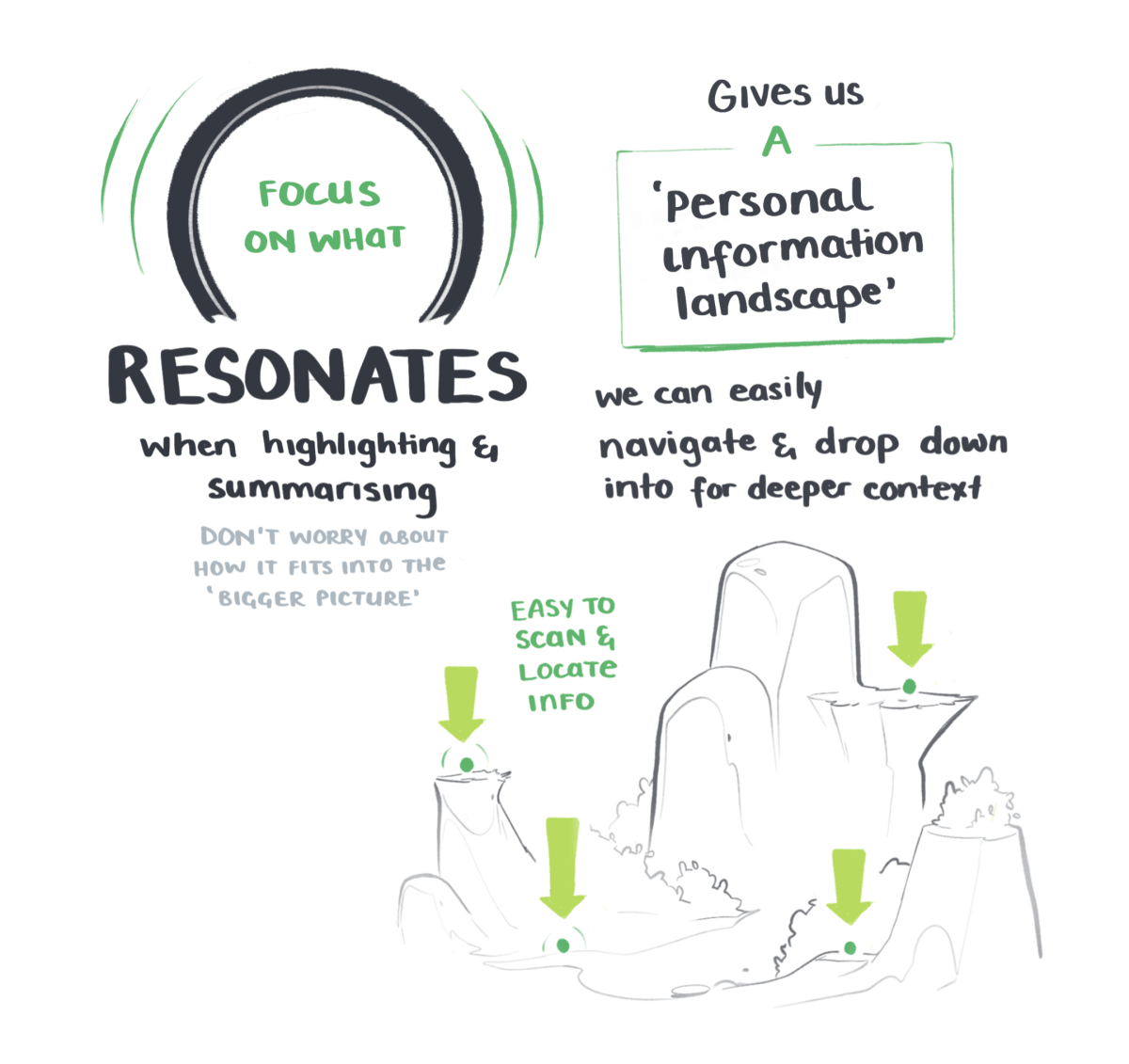
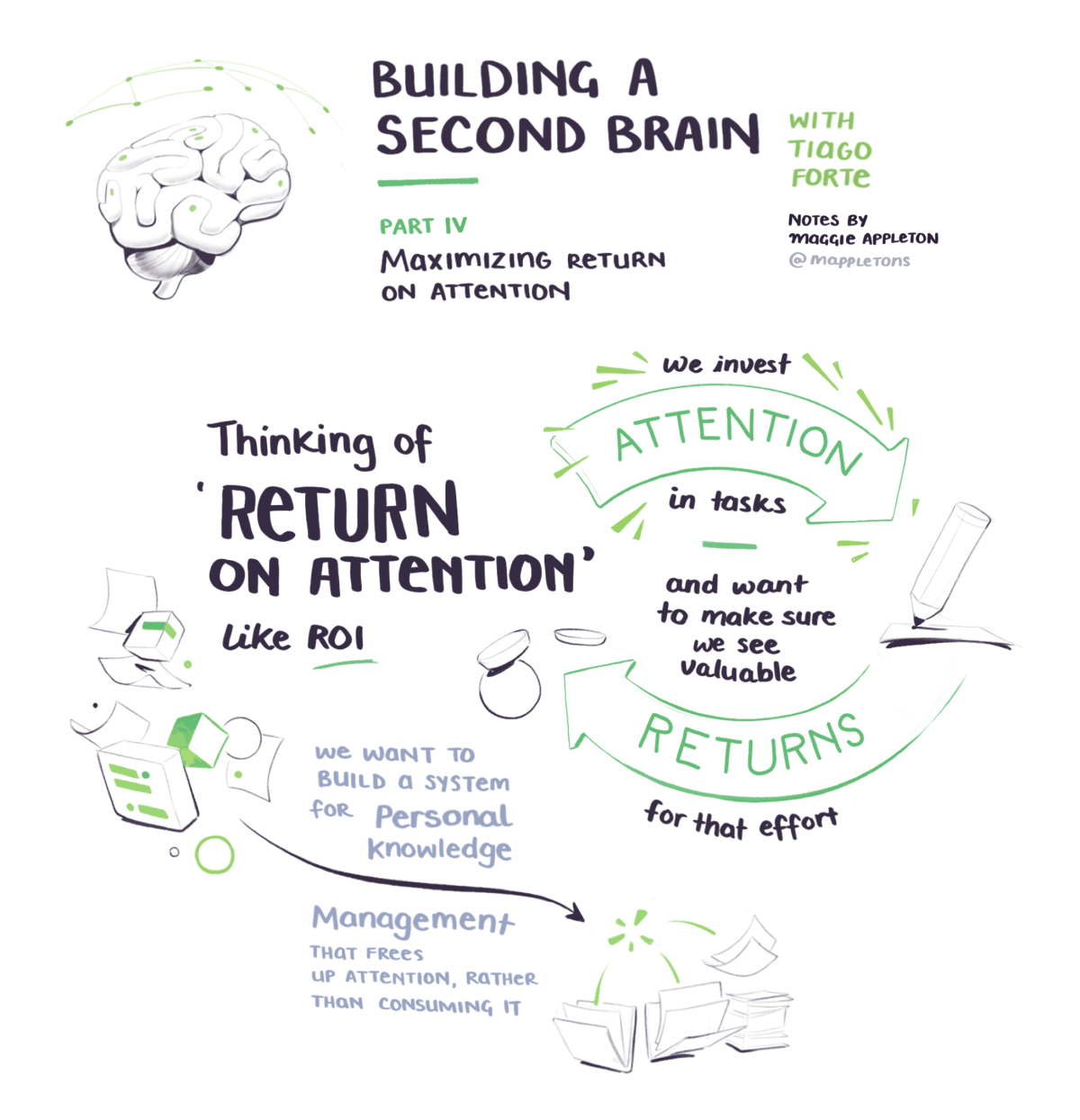
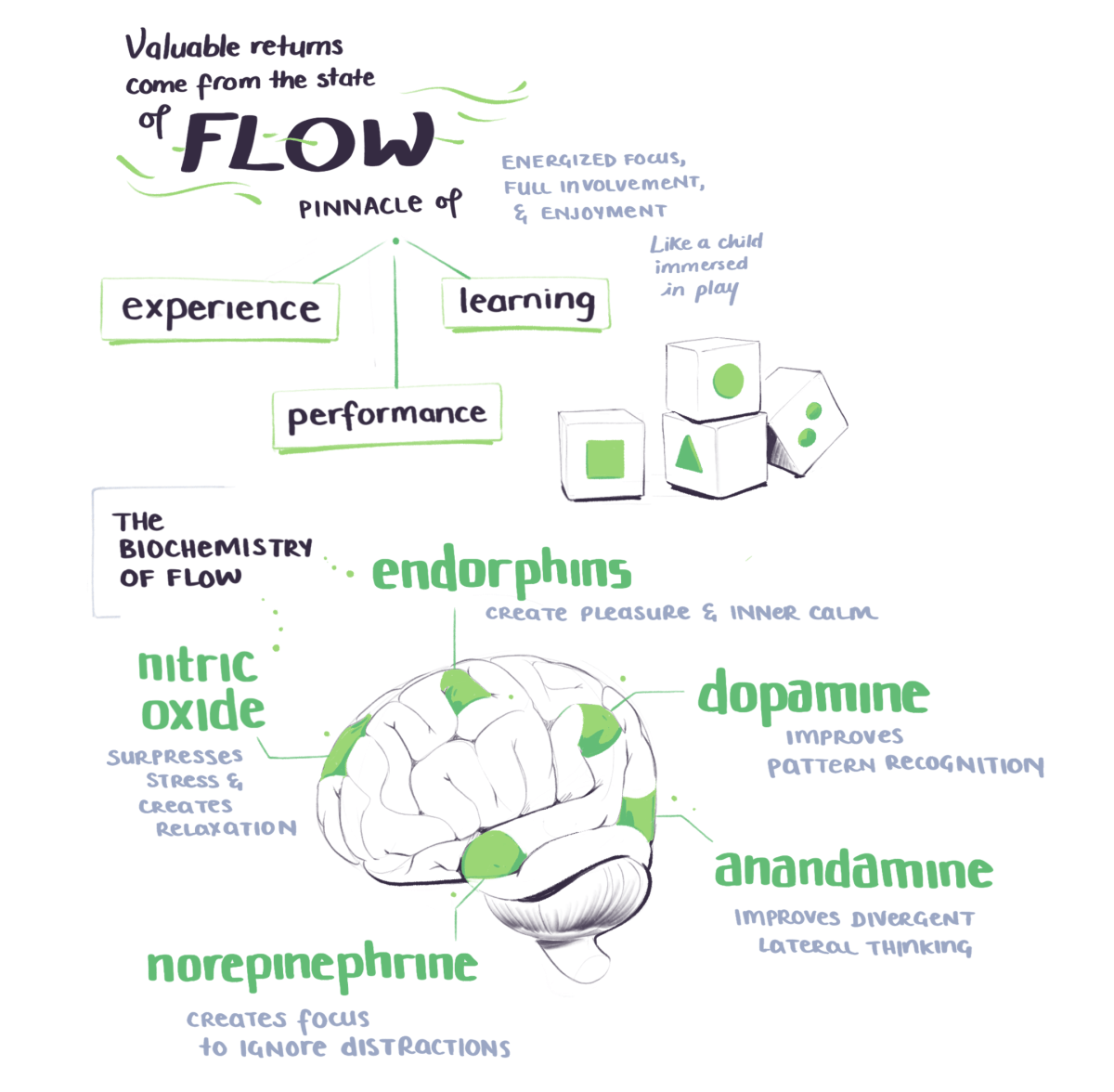
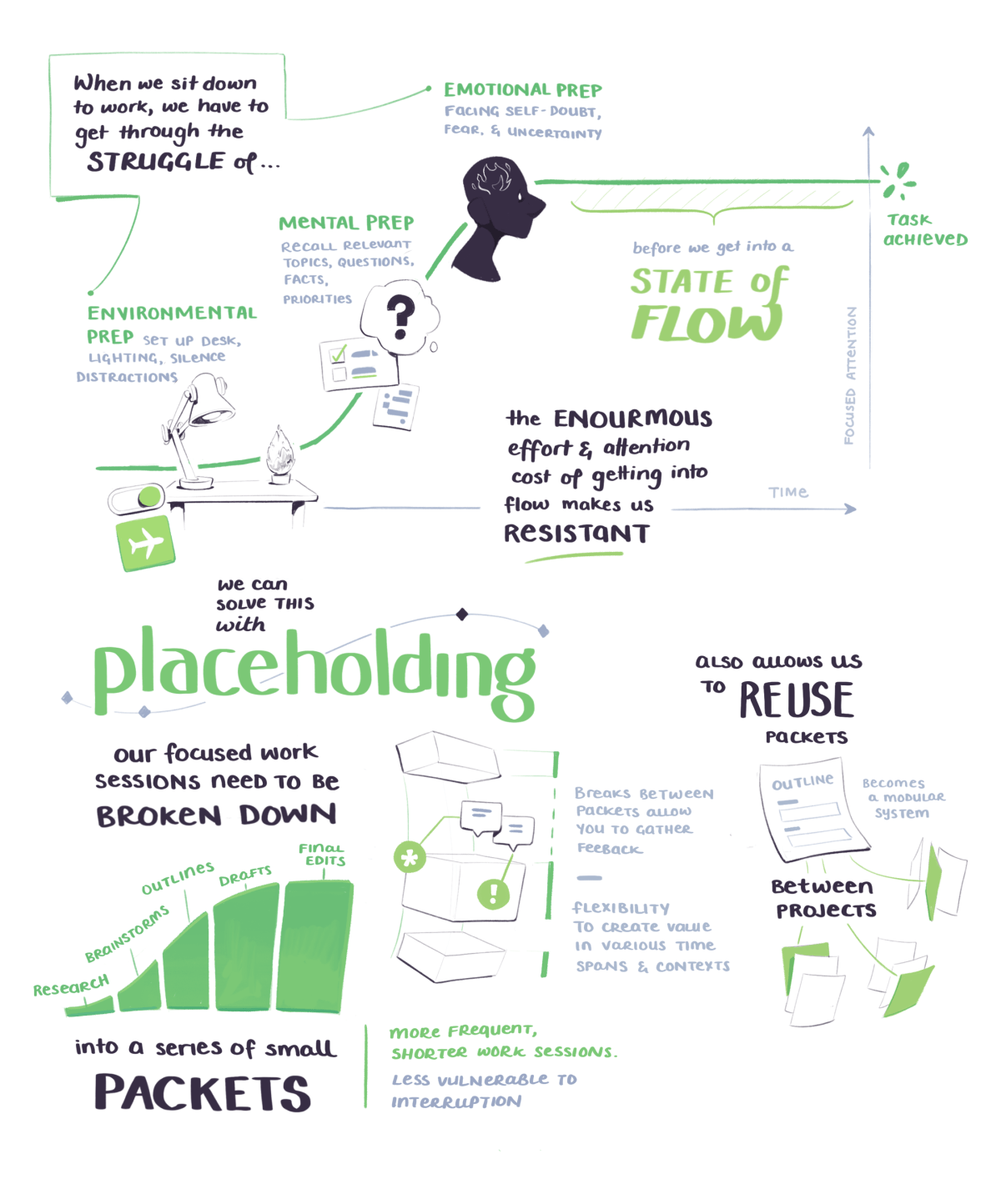
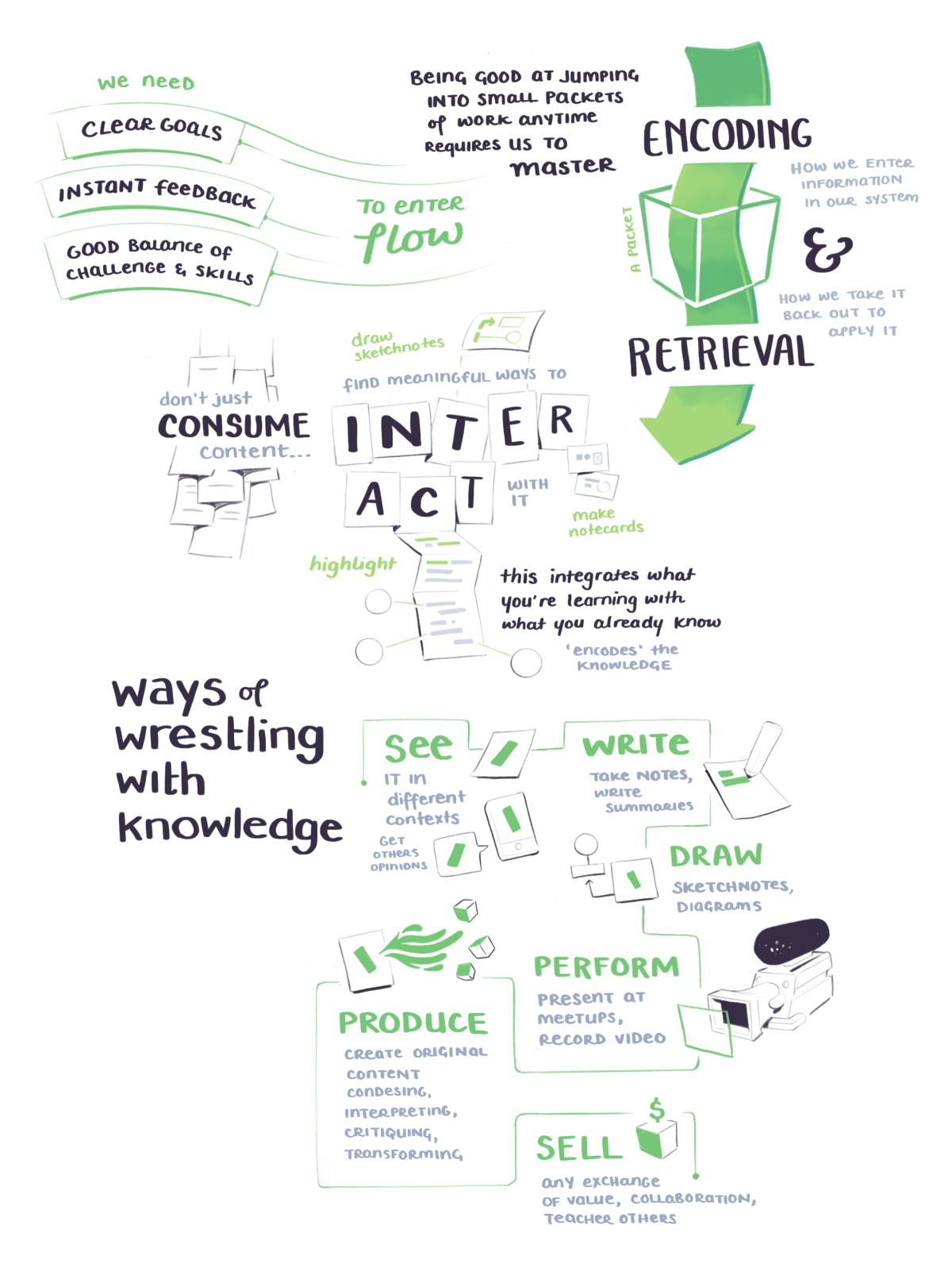
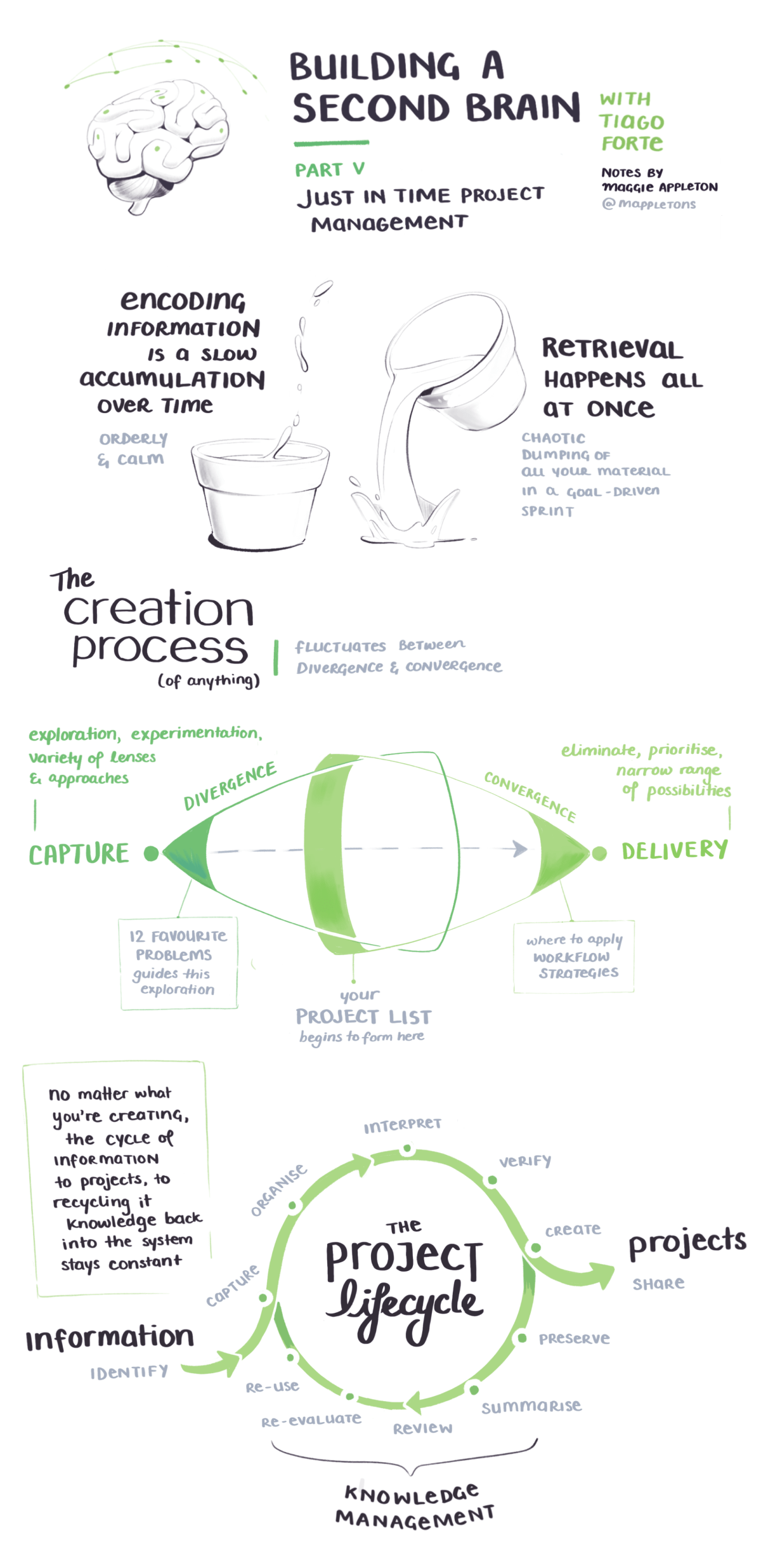
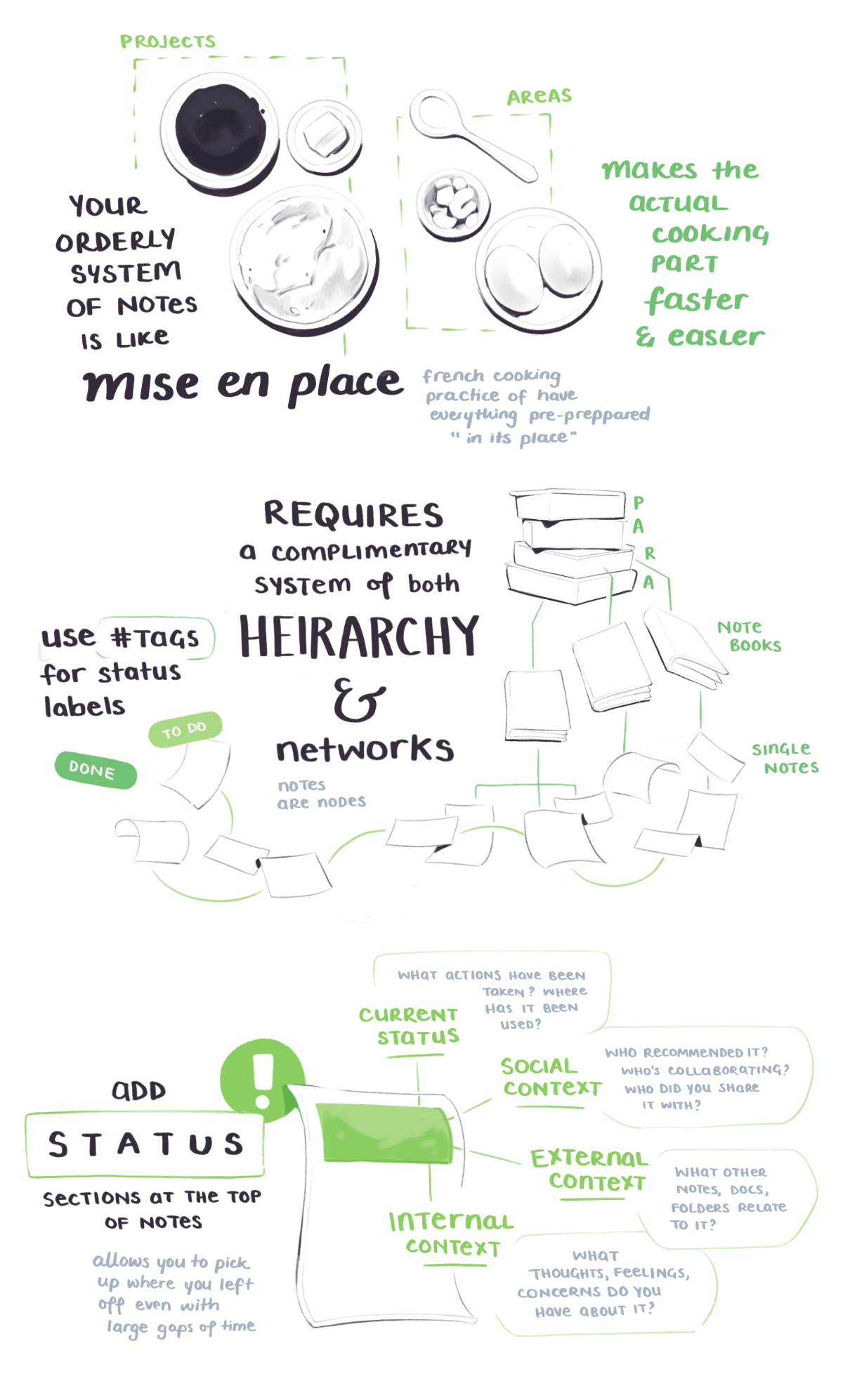

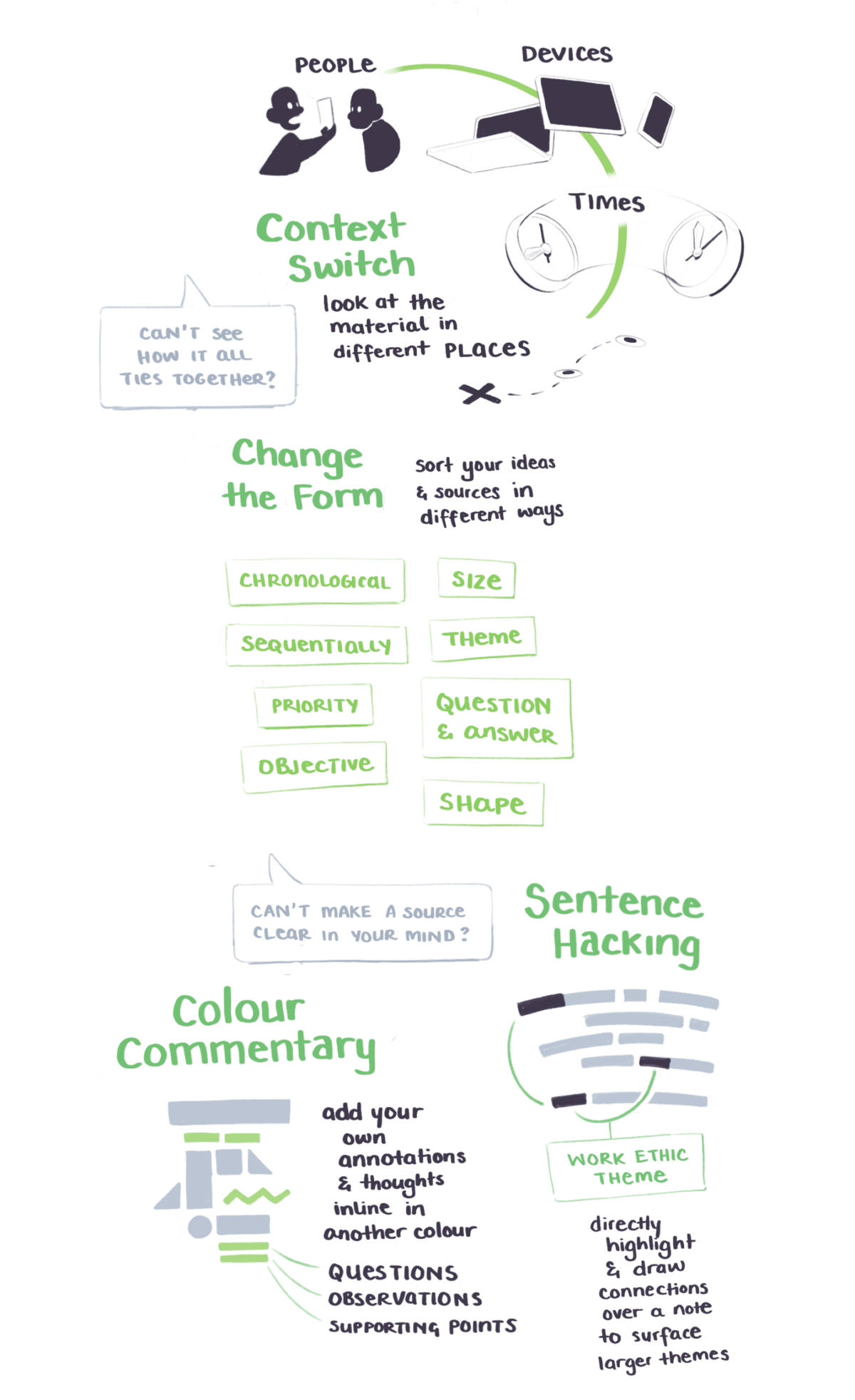
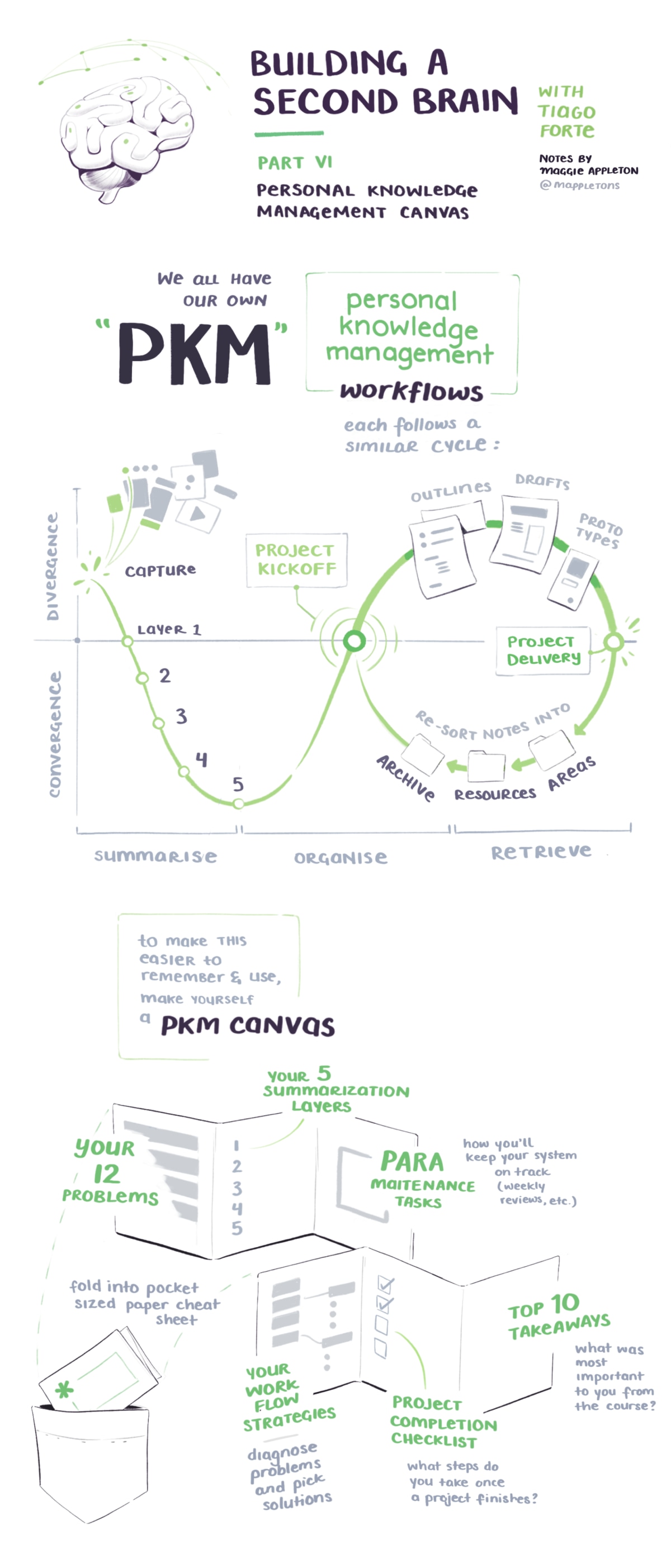
To be clear there's no affiliate as or kickback involved in these notes. I'm not being paid to say nice things about the course.
Tiago's ideas and systems are just good.
He thinks everything through in a way that feels rare on the insta-internet.
Hope it gave you a bit of insight into the BASB system.
There's plenty more to explore on Tiago's